Preventing Physical Damage in Seafood
By. Puji Widyastuti - 06 Oct 2025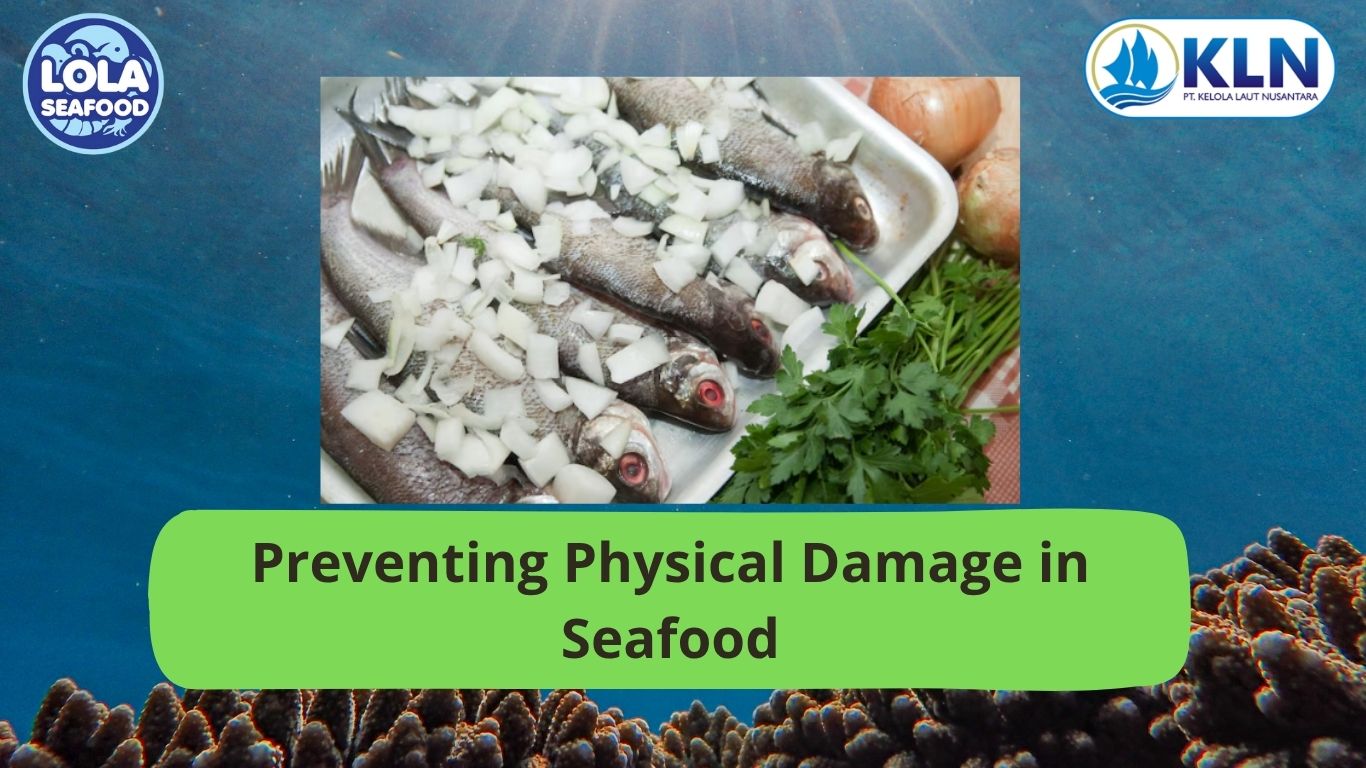
Kelolalaut.com Seafood is highly valued for its delicate texture, fresh flavor, and nutritional richness. However, it is also one of the most perishable food products, and physical damage is a major factor that reduces its quality and shelf life. Unlike microbial or chemical spoilage, which can sometimes be controlled with preservatives or treatments, physical damage is often irreversible and immediately affects consumer acceptance. Preventing physical damage requires a holistic approach, combining proper handling, packaging, storage, and transportation practices throughout the seafood supply chain.
Careful Handling Practices
Seafood is naturally fragile, and its tissues can bruise, tear, or break easily. To minimize handling damage:
- During harvesting, fish and shellfish should be collected gently to avoid crushing or tearing. Nets, traps, and lines should be used in ways that reduce unnecessary stress and physical injury.
- In processing plants, workers should be trained to handle seafood with care, avoiding excessive pressure or rough movements that could compromise the product’s appearance and texture.
- At retail, seafood should be displayed in a way that avoids piling or stacking too heavily, as this can compress and damage the lower layers.
Attention to gentle and hygienic handling not only preserves physical quality but also reduces microbial contamination risks.
Maintaining Temperature Stability
Temperature fluctuations are a major cause of physical deterioration in seafood. Repeated thawing and refreezing cycles damage tissue structure, encourage ice crystal growth, and cause dehydration. To prevent these problems:
- Strict cold chain management should be maintained from harvest to consumer. This includes using insulated containers during transportation, ensuring adequate ice coverage for fresh fish, and using reliable freezing systems for frozen products.
- Rapid freezing techniques such as blast freezing or individual quick freezing (IQF) should be applied to minimize ice crystal formation and maintain tissue integrity.
- Continuous monitoring of storage temperatures helps ensure stability and prevents spoilage linked to thermal abuse.
By choosing packaging designed for seafood’s unique needs, producers can prevent common forms of physical damage.
Use of Protective Glazing
Glazing is widely used as a preventive measure against dehydration and physical surface damage. By applying a thin layer of ice around frozen seafood, glazing acts as a protective barrier that minimizes moisture loss and shields the product from oxidative changes. Regular inspection of glazed products ensures that the protective coating remains intact during storage.
Preventing Mechanical Stress
Mechanical damage often occurs during transportation and storage due to compression, vibration, or rough handling. Preventive measures include:
- Proper stacking and spacing in storage to avoid crushing products at the bottom.
- Using cushioned containers or insulated boxes to reduce vibration damage during transit.
- Minimizing unnecessary handling by automating processes where possible.
- Hygienic separation of products to prevent cross-contamination and reduce the risk of tissue tearing.
Attention to transportation and logistics is critical to ensure that seafood reaches consumers in pristine condition.
Limiting Storage Duration
Even under optimal storage conditions, extended storage can cause gradual physical deterioration. Dehydration, texture loss, and discoloration may appear over time. To address this:
- Just-in-time supply chain practices should be applied to minimize storage duration.
- Efficient distribution systems can help seafood move quickly from harvest to consumer, reducing the likelihood of physical degradation.
- Rotation systems such as First In, First Out (FIFO) ensure that older products are distributed before newer stock.
Protection from Light and Air
Light and direct exposure to air can cause surface drying, discoloration, and oxidative changes in seafood. Preventive methods include:
- Opaque or UV-resistant packaging to block harmful light exposure.
- Controlled retail display cases with proper humidity and temperature regulation.
- Minimizing open-air exposure during processing and retail presentation.
These measures preserve both the visual appeal and the nutritional quality of seafood.
Preventing physical damage in seafood requires a comprehensive approach that combines careful handling, temperature stability, glazing, protection against mechanical stress, limited storage duration, and controlled exposure to environmental factors. Each step in the supply chain plays a vital role in maintaining the integrity of seafood products, ensuring they remain safe, fresh, and appealing to consumers. By implementing these preventive strategies, the seafood industry can reduce economic losses, improve consumer trust, and extend the marketability of high-quality seafood.
If youre interested in our Catfish Fillet Skinless , Catfish Steak and Catfish Whole Round / Whole Gilled Gutted please do not hesitate to contact us through email and/or Whatsapp

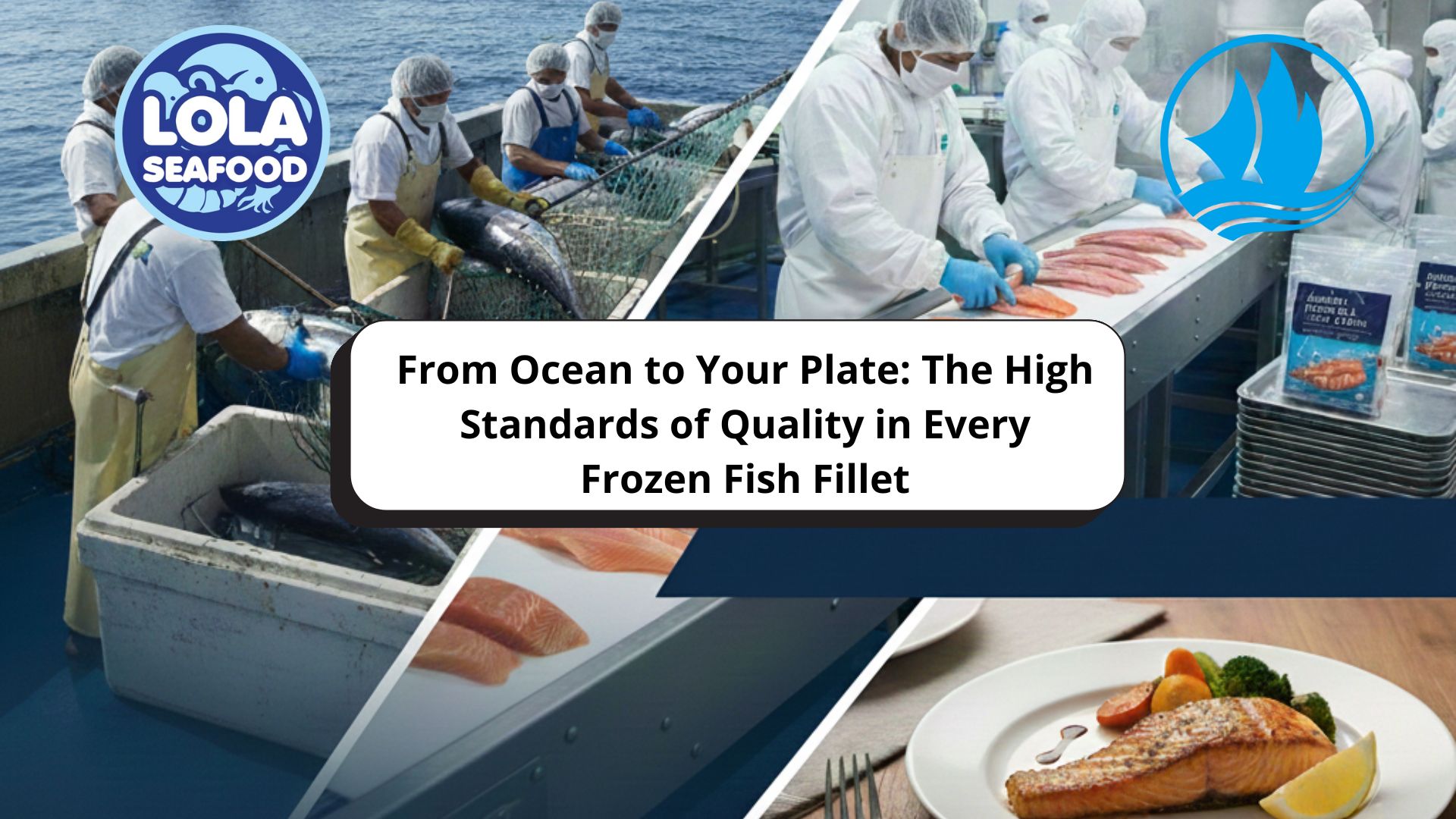
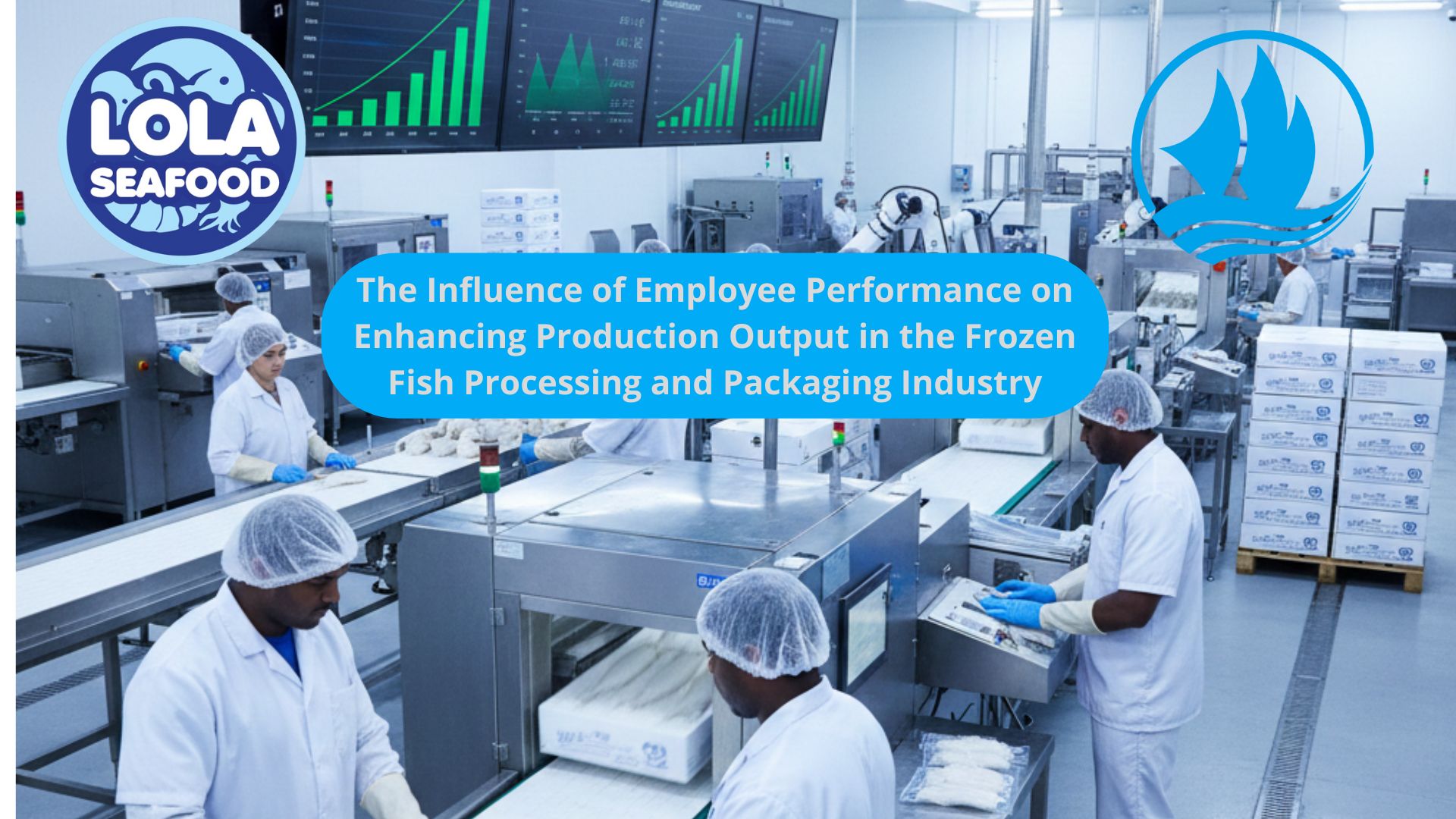

.jpg)
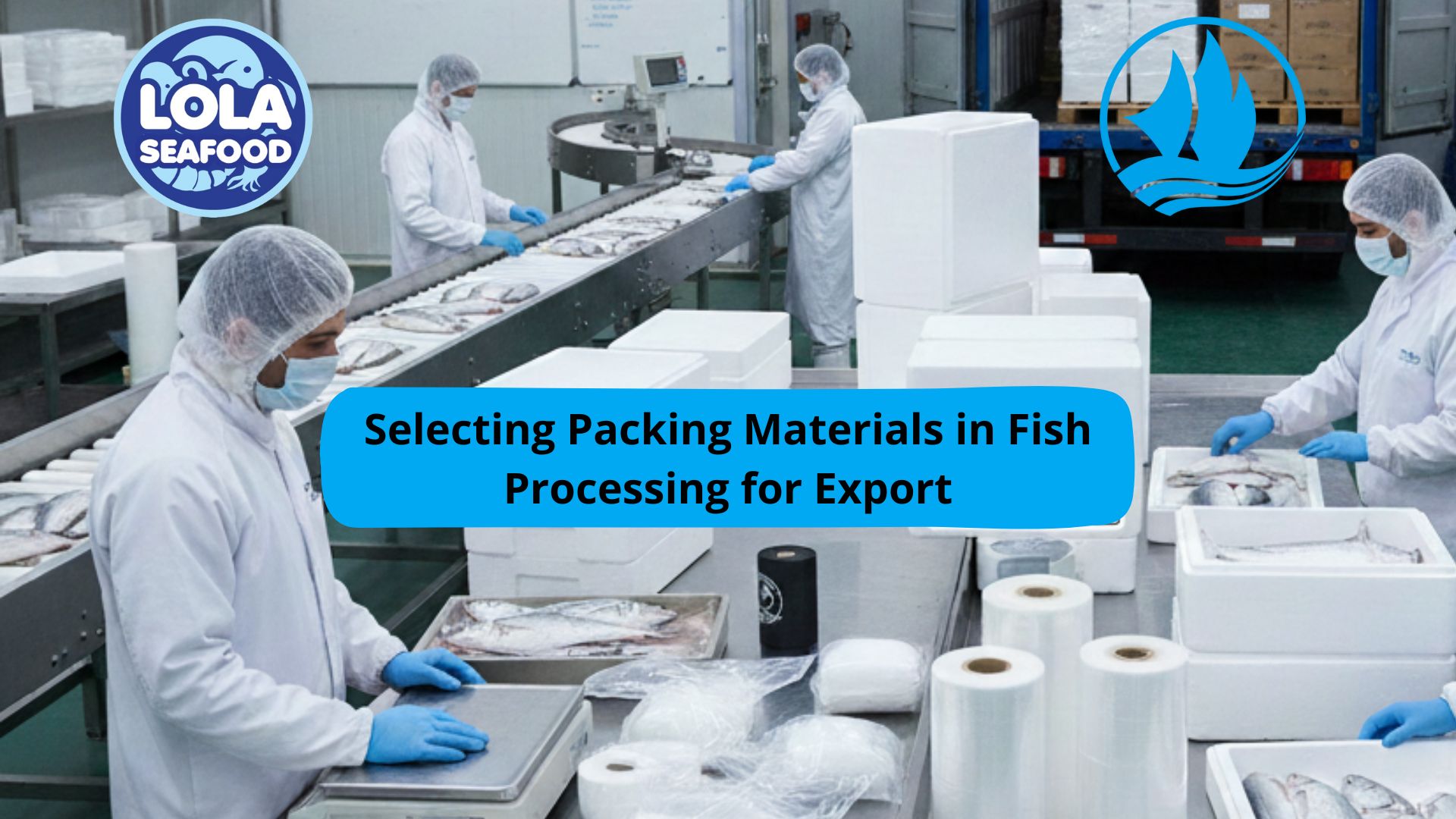
.jpg)
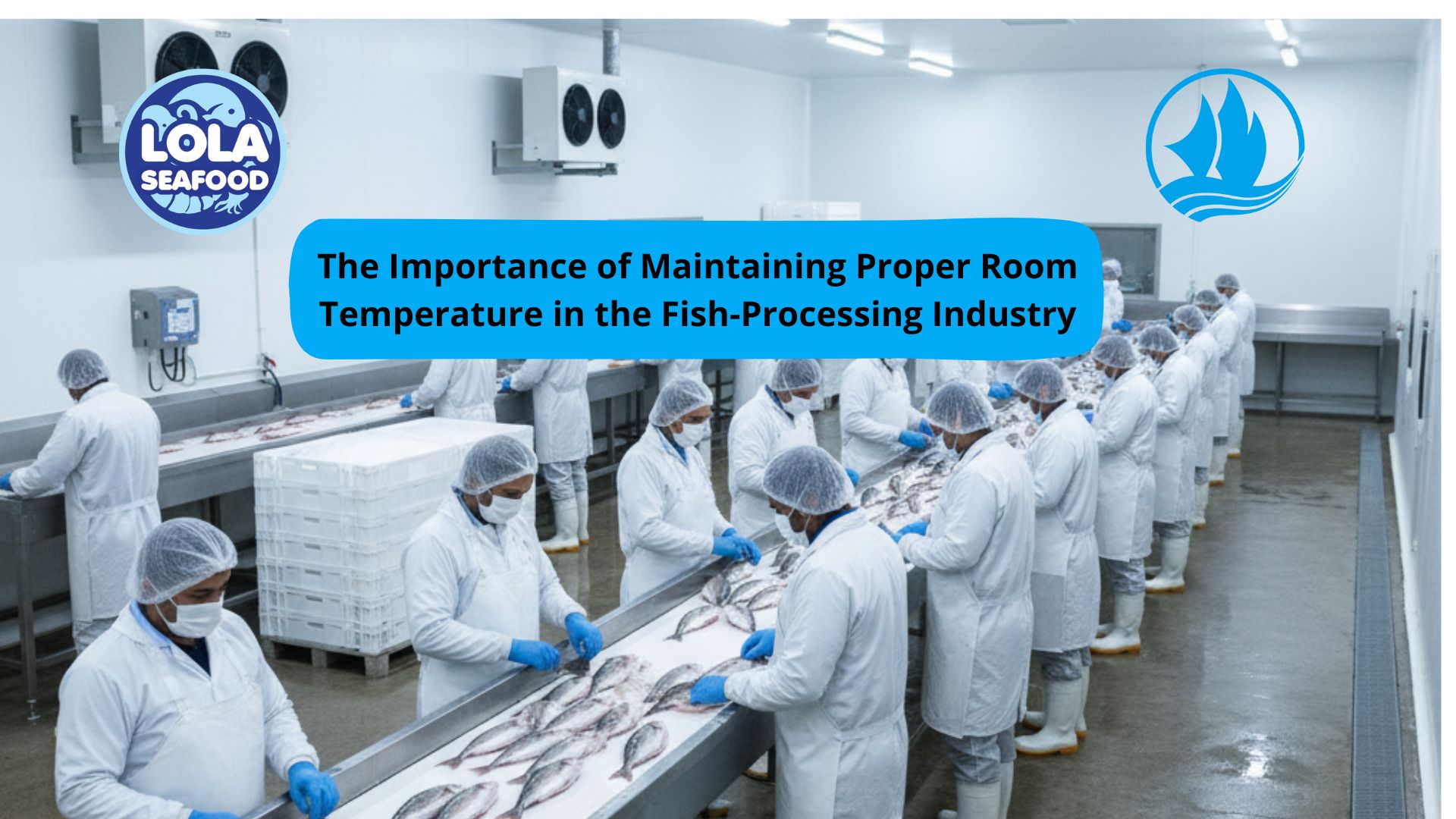
.jpg)